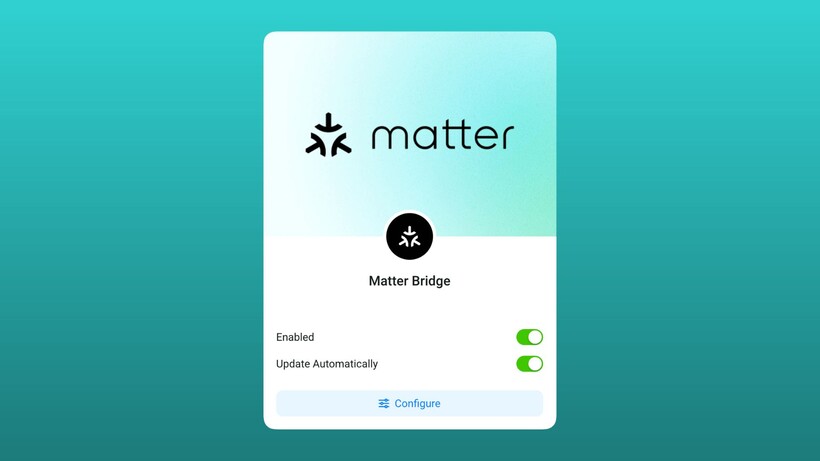
Top running watches are no longer just about tracking pace and distance. The modern running watch is a 24/7 coach, a recovery analyst, and a powerful smartwatch all in one.
The market has evolved, with traditional giants like Garmin, Coros, and Polar now facing a serious challenge from Apple and Google, who have integrated high-performance run-tracking features into their latest smartwatches in recent years.
This guide is designed to help you navigate this new landscape. We’ve tested and reviewed every major running watch, from simple GPS trackers for beginners to elite devices for ultramarathoners.
Whether you’re a road runner in a major city who needs pinpoint dual-frequency GNSS and phone-free music, or a trail runner who prioritizes battery life and topographic maps, we’ll help you find the perfect match.
Below, you’ll find our top recommendations, followed by a detailed breakdown of the key features to consider before you buy.
Quick picks: The best running watches we’ve tested

For absolute beginners: Garmin Forerunner 55
Despite its age, the Garmin Forerunner 55 remains slim, lightweight, and simple to use. It doesn’t complicate things with too many bells and whistles. It integrates with Strava, offers robust sleep and wellness tracking, and is highly recommended for beginners.
If you’re chasing great value: Coros Pace 4
With excellent heart rate accuracy for runners, dual-band GPS, and top battery life, the Coros Pace 4 still delivers unbeatable value. The MSRP has crept up slightly again from its predecessor—now at $250/£230—but it remains a savvy purchase for runners who want to take the next step in their training. Plus, that AMOLED screen upgrade is a delight.
Best for budding athletes: Garmin Forerunner 265
For those who want a powerful running watch to power their training and recovery—and one that also branches out to other core disciplines—the 265 is the best choice. It may be a mid-range device in the grand scheme of Garmin’s offerings, but it boasts more than enough features to warrant the higher price tag—and it looks superb.
If money is no object: Garmin Forerunner 970
If money is no object and you want plenty of extras alongside the top-tier run-tracking experience, the Forerunner 970 is perfect. Aside from stellar HR and GPS accuracy, it has detailed mapping (presented beautifully on the AMOLED display) that provides more reliable and relevant insights than rivals.
Garmin Forerunner 165

Forerunner 165 features and specs:
- Priced lower than the Forerunner 265, making it a budget-friendly option
- Longer battery life in smartwatch mode compared to the Forerunner 265
- 1.2-inch AMOLED screen, providing clear and vibrant visuals
- Offers essential fitness tracking, such as VO2 max, Garmin Coach, and Race Predictor, but lacks advanced training metrics found in higher-end models
Garmin has an insane amount of Garmin Forerunner watches, and the problem is that they’re all good. It’s just a question of which features you don’t want to pay for.
The Forerunner 165 offers the AMOLED display and a manageable 43mm case size – with all Garmin’s core tracking features.
But it omits advanced analytics, including Training Status, Daily Readiness, and dual-frequency GNSS for better GPS accuracy.
That puts it way above the Forerunner 55 in terms of design and features, but you’ll need to spend around $100 more to get the Forerunner 265 (above) to get the really juicy data.
- Check out our full Garmin Forerunner 165 review
Coros Pace 4
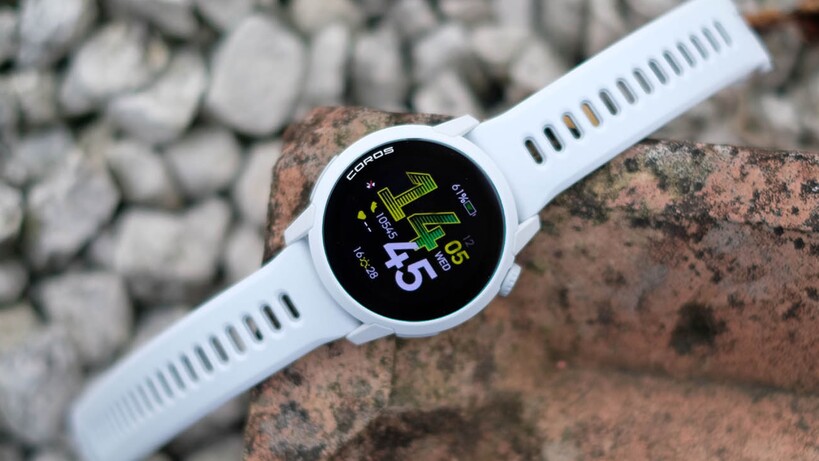
Coros Pace 4 features and specs:
- 1.2-inch AMOLED display (390 x 390)
- 19 days smartwatch mode / 24 hours dual-frequency GPS
- Dual-frequency GPS
- Wrist-based running dynamics, power, and training load
The Coros Pace 4 continues the line’s legacy as our top recommendation for runners seeking unbeatable value. The headline upgrade is the one it was crying out for: a vibrant 1.2-inch AMOLED display. This finally puts it in direct competition with rivals like the Forerunner 165, but it crucially retains its signature low price ($249/£229) and monster battery life.
The Pace 4’s biggest win over its rivals at this price is the inclusion of dual-frequency GPS. In our testing, its GPS performance was excellent, producing clean maps and accurate distance tracking. This is a feature you simply don’t get on other watches at this price—or, if you do, it generally doesn’t perform as well as this.
The heart rate tracking is also solid for general running, though, like with the Pace 3, we found it still struggles with high-intensity intervals and gym work, putting it a small step behind its Garmin competitors.
Insights and battery life
Despite the new, power-hungry screen, the battery life remains phenomenal. We got almost 12 days of use (with 100km of running during that time), and the 23-hour dual-band GPS battery smashes the Forerunner 165.
It’s also packed with advanced insights typically found on premium watches, including wrist-based running dynamics, running power, and training load. While the Coros app isn’t as polished as Garmin’s, the combination of an AMOLED screen, elite-level GPS, and massive battery life at this price is unmatched.
- Check out our full Coros Pace 4 review
Garmin Forerunner 265
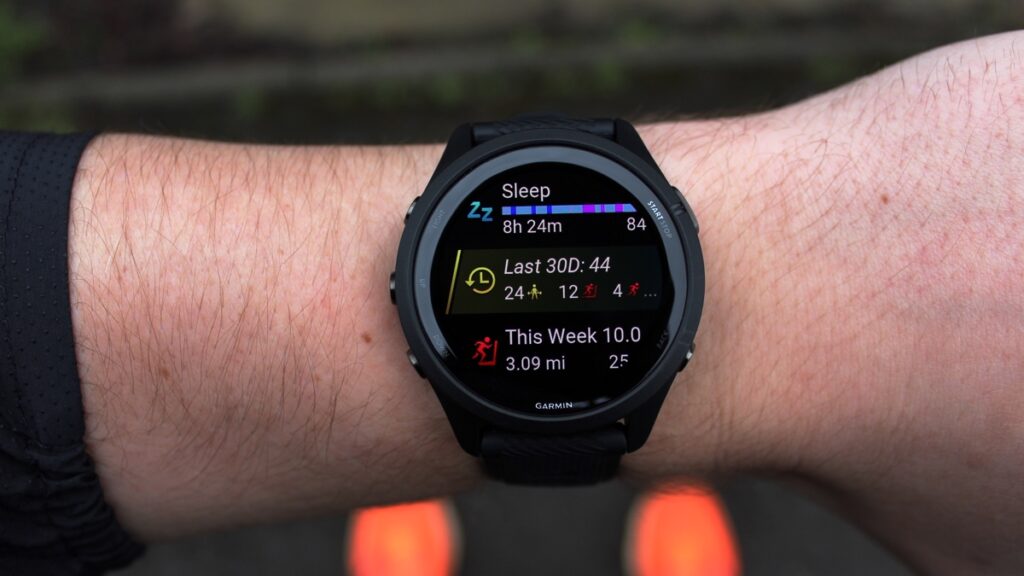
Forerunner 265 features and specs:
- Available in 42mm or 46mm
- 4 days of typical, always-on battery life / 20-25 hours of GPS tracking
- In-depth sports profiles for running, cycling, swimming, and triathlon
- Dual-frequency / Multi-Band GPS tracking
- Running features: Training Status, Running Dynamics, Garmin Coach, Suggested Workouts
The Forerunner 265 is one of the best running watches available, combining accurate tracking and superb insights into a neat design. Although the Forerunner 570 is its replacement, it lacks essential upgrades and is only available at a significantly higher price; that ensures the 265 remains our pick for those looking in Garmin’s mid-range
It’s also true because the AMOLED display, though not quite as bright as the newer 570’s, is both plenty good enough for most use cases and more power efficient in daily use.
Battery life is worse compared to the memory-in-pixel panel Forerunner 255, but you’ll still receive around four days of heavy use with the always-on display turned on. We think the trade-off is worth it, especially since you can always tweak settings and extend the battery life closer to a week.
A rounded tracking experience
The rest of the experience is typically brilliant. There are still two case sizes to choose between, Garmin’s excellent Multi-Band GPS is on board, and music streaming from the likes of Spotify is still an option.
On the run tracking front, Garmin’s Race Widget—something that helps you count down to your next big race—is available, with ‘Suggested Workouts’ and Garmin Coach plans also there to help you make it to the starting line in prime condition. Even wrist-based Running Dynamics, which delivers metrics like vertical oscillation and ground contact time, is on board.
If you want a running watch that provides more data, helpful training and analysis features, and a lightweight design, the 265 ticks the key boxes and more. And if you want to upgrade to a slightly more fun design that’s set to receive more significant software updates, the 570 is still a superb (albeit not great value) running watch.
- Check out our full Garmin Forerunner 265 review
Garmin Forerunner 970
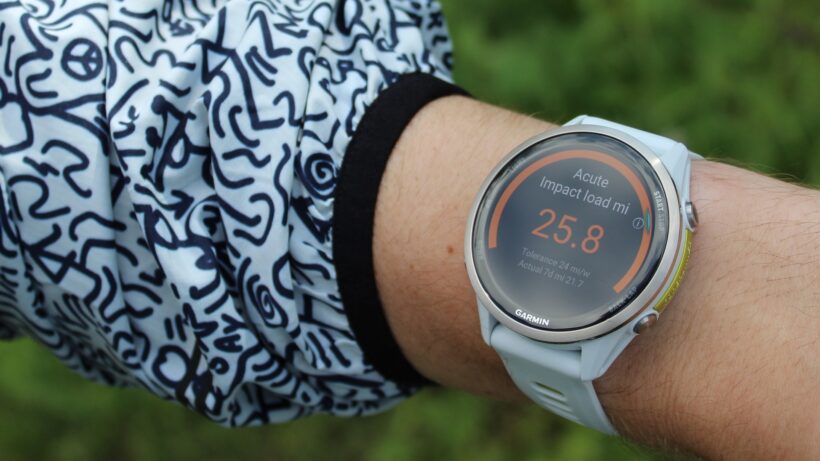
Forerunner 970 features and specs:
- 1.4-inch AMOLED display
- Full-color touchscreen mapping
- Dual-frequency/Multi-Band GPS tracking
- 5 days of typical, always-on battery life / 25-30 hours of GPS battery life
If you’re looking for a running watch that combines gold-standard tracking accuracy and analysis features with a premium design, the 970 is a must-consider.
We still believe the last-gen Forerunner 965 is an excellent running watch, and those looking for a midpoint in Garmin’s range between the 265 and 970 should consider it. However, the improvements the brand has delivered for this 2025 generation make this the best premium option on the market.
The AMOLED panel’s brightness has been upgraded for this edition, which, although not entirely game-changing, is a convenient addition for those who prioritize outdoor features, such as using offline mapping. The screen’s durability has also seen much-needed improvements, now featuring a more scratch-resistant sapphire glass cover, while battery life (aside from smartwatch mode) remains steady.
The flagship Forerunner’s one key issue
In testing, we also loved the built-in flashlight and some of the new software features (such as Running Tolerance, shown above). Others, like Step Speed Loss and Running Economy insights, require the additional help of a Garmin HRM 600 chest strap—and that brings us onto the key issue with the 970: price.
While there’s no better watch for managing training and race day, a price increase over the 965 generation (and the fact that you have to shell out for a new chest strap to access the latest insights) means the value has taken a considerable step back here. In fact, you’d be forgiven for considering the Fenix 8 over this flagship Forerunner.
- Check out our full Garmin Forerunner 970 review
Polar Vantage V3
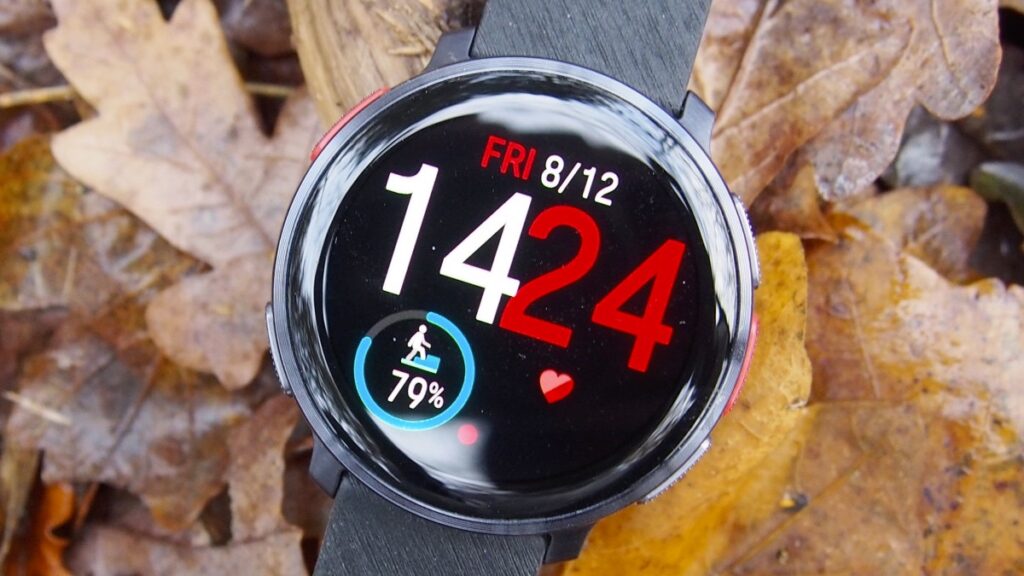
Polar Vantage V3 features and specs:
- 5-7 days of battery life (or 47 hours of dual-frequency GPS)
- FuelWise fuelling recommendations, HillSplitter analytics
- Breadcrumb navigation and upload routes via Komoot
- FitSpark workouts/Performance & recovery tests
- Running power, sleep, and recovery insights
Replacing the Vantage V2, which had gotten a little lost among Polar’s newest offerings, the Vantage V3 arrived in late 2023 to rival the latest Garmins and their punchy AMOLED displays.
We don’t think it’s as good as Garmin’s premium Forerunner, the 970, but the Vantage V3 is a solid running watch for those who want an alternative.
The price is relatively lofty, but Polar has added plenty here to help justify it. Aside from that display upgrade – which sees the Vantage V2’s 1.2-inch, 240 x 240 MIP display dropped for a new 1.39-inch, 454 x 454 AMOLED panel – the company has added offline mapping features and dual-band GPS.
Polar has also upgraded the heart rate sensor here to ‘Elixr’. It’s a great name, but we didn’t have a great time with it during testing, so watch out for that if you’re not going to pair a chest strap. In contrast, the GPS performance was excellent.
As expected from a top-tier Polar watch, the workout tracking experience here is comprehensive. Features like FuelWise and Hill Splitter remain, joined by power-based running estimates, training load info, HRV insights, and more.
- Check out our full Polar Vantage V3 review
Suunto Race S

Suunto Race S features and specs:
- 6-7 days of battery life (or 40 hours of dual-frequency GPS)
- 1.43-inch AMOLED display; 466 x 466 resolution
- 49mm case; 13.3mm thick
- Dual-frequency GPS
- Offline mapping
The Finnish brand is making a comeback as a running watch powerhouse, and its Race S earned a strong score in our testing. It promises the same solid multisport tracking experience as the brand’s regular Race, but with a smaller case and a more affordable price tag (though it’s not quite as cheap as the newer Suunto Run).
The AMOLED screen lends the watch a modern look, providing around a week of battery life.
We found excellent performance from the dual-frequency GNSS even in challenging environments. However, the same can’t be said for the on-board PPG heart rate sensor, which served up some questionable accuracy during our test period.
If you can look beyond that, the Suunto Race S is a solid-performing AMOLED multisports watch that essentially gives you everything you get from the Suunto Race at a price that will ruffle the feathers at Polar, Coros, and Garmin.
While heart rate accuracy disappoints, good GPS and a decent price point still make it a strong option, but use a chest strap when you need that HR performance.
- Check out our full Suunto Race S review
Apple Watch Series 11

Apple Watch Series 11 features and specs:
- Two case sizes—42mm and 46mm
- 24-hour battery life
- Apps for Strava, Nike Run Club, Runna, and more
- Only works with iPhone
The Apple Watch Series 11 is the default smartwatch for most iPhone users, and it’s also a deceptively robust and accurate running companion for most casual runners.
Its greatest strength is its optical heart rate sensor—the same best-in-class sensor found in the Ultra 3. Our testing shows it’s incredibly reliable, matching chest strap performance and a great tool for both intervals and training in heart rate zones.
The key difference for runners is the GPS. The Series 11 lacks the dual-frequency GPS of the Ultra, meaning its single-band chip will be less accurate in GPS-challenging environments (like dense city streets). For open-road or park runners, however, it’s still perfectly accurate.
Its other main consideration is battery life—and not just the frustrating daily charging cycle required with the smartwatch. While the eight hours of GPS tracking time is more than enough for any traditional race distance—and probably even a very slow marathon with music streaming—it’s not an option for ultra-endurance events.
What you get in return is the ultimate smartwatch experience for phone-free running: a vast App Store (Strava, etc.), seamless Apple Music and Spotify integration, and Apple Pay. It’s the perfect watch for the 90% of runners who stick to shorter distances and also want a best-in-class device for the other 23 hours of the day.
- Check out our full Apple Watch Series 11 review
Apple Watch Ultra 3

Apple Watch Ultra 3 features and specs
- Larger 1,245 sq mm AMOLED display; same 49mm case size
- 42-hour battery life (72 in Low Power Mode)
- Dual-frequency GNSS positioning
- Only works with iPhone
The Apple Watch Ultra 3 is the ultimate running watch for an iPhone user, bridging the gap between a high-end sports watch and a best-in-class smartwatch. Its running credentials are built on two core pillars: best-in-class accuracy and unmatched smart features.
In our extensive testing of this generation (and the previous two), Apple’s dual-frequency GPS has proved exceptional. It consistently delivers precise tracks that often beat Garmin’s Multi-Band mode, even in challenging environments like city streets, mountains, or dense forests. Its only quirk is that it refuses to guess when it loses signal (like in a tunnel), which can lead to under-reporting on some occasions, but its raw fidelity is outstanding.
Its optical heart rate sensor remains the most reliable we’ve used on any wrist, consistently matching a chest strap’s data and latency, even during tough interval sessions. In our Paris race test, the Ultra 3 was beat-for-beat with a Garmin HRM 600.
The trade-off for Garmin’s deep analytics is a world-class App Store (with Strava, Runna, etc.), seamless Apple Music/Spotify integration, and full LTE for phone-free running. Plus, the Ultra 3’s exclusive satellite features are always on standby, providing a safety net on the trail.
Enough staying power for your workout—and more
The 2-4 day battery life also translates well in GPS tracking. During a 7-hour hike (10 hours of tracking time in total) as part of our full review, the battery only drained to 50%.
That meant I could track my sleep the night before after charging, get in a full day of tracking on the mountain, track my sleep again, and still have ~40% the following day to find time for a quick top-up if required.
This staying power, like any watch, does reduce dramatically with music streaming or LTE features, but I’d still be confident of a full-day workout in 99% of cases.
- Check out our full Apple Watch Ultra 3 review
Google Pixel Watch 4
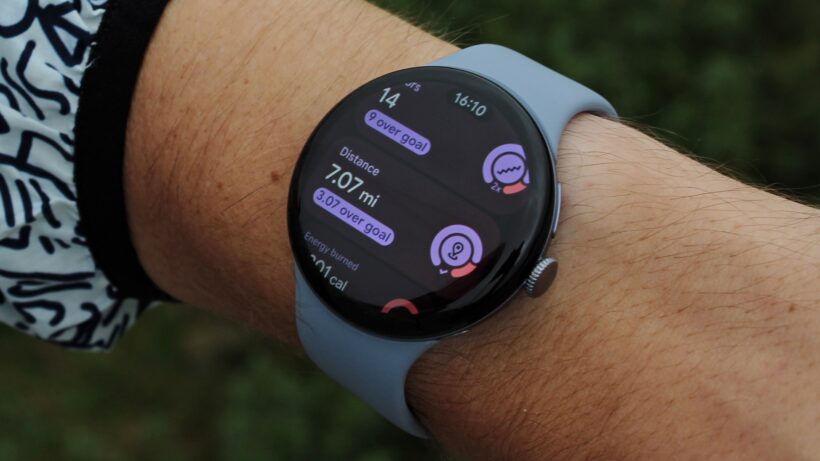
Google Pixel Watch 4 key features and specs:
- Available in 41mm and 45mm case sizes
- Debuts dual-frequency GNSS support
- Google Play Store app support and native Fitbit run-tracking insights
The Google Pixel Watch 4 beats out the rest of the Android-ready competition as a running watch for those who want a smartwatch first. We’ve always found Google’s smartwatch to be accurate enough for most people, but it’s now a much more serious option for all with the inclusion of dual-frequency GPS for this generation.
In our testing, it performed solidly against a Garmin Fenix 8 Pro, with final distances on open-road runs never more than 30 meters different. This makes it a reliable choice for road runners in tricky environments, even if it did show a little bit more wobble on the GPS track than Apple and Garmin in a race test in Paris (despite finishing with an identical distance figure to Garmin).
The heart rate sensor is also a top-tier performer, running reasonably close to a Garmin chest strap and staying within 1-3 BPM on session averages. It’s not quite as good as Apple, but it’s close. And this accurate data feeds directly into the watch’s secret weapon: Fitbit integration. You get an excellent, user-friendly platform with metrics like a Readiness Score and Cardio Load, which are a great, simple alternative to Garmin’s more complex analytics.
Our top-rated Android smartwatch
As a smartwatch, it’s the best for Android, with full Google app support (Wallet, Maps) and the new Gemini AI. The main limitation for runners (at least compared to traditional running watches) is the battery life, which results in solid but not exceptional GPS longevity.
However, its new faster charging makes top-ups painless. It’s the default choice for any Android user who wants a premium smartwatch that is also a serious and accurate running companion, with only the Samsung Galaxy Watch Ultra as its competition in this area.
- Read our full Google Pixel Watch 4 review
Garmin Forerunner 55
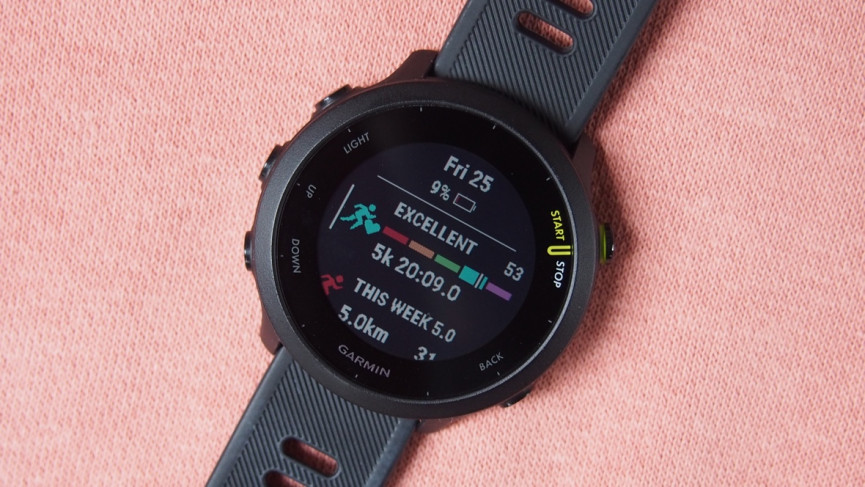
Forerunner 55 features and specs
- Two weeks of battery life in smartwatch mode (20 hours of GPS tracking)
- Tracks HR in running, swimming, and cycling workouts
- Adaptive training plans, PacePro, VO2 max, race predictor
The problem with Garmin running watches is that they’re often expensive. Take the new Forerunner 165 —it costs over $250/£249 (unless it’s on a deal). It’s hardly the ‘entry-level’ it’s pitched as, which is why the older Forerunner 55 is a better budget choice for those wanting a Garmin.
The Forerunner 55 boasts a low-profile, minimalist 42mm case design, delivering some of the more insightful training and analysis features usually reserved for pricier Garmin watches.
Front and center is a 1.04-inch, memory-in-pixel display, which offers decent visibility in all conditions and is kinder on battery life than an AMOLED display. It doesn’t look anywhere near as good, but it keeps the cost down and battery life up; we got 14 days in smartwatch mode and 20 hours of GPS battery life in testing.
Delivering essential features for runners
For runners, a key feature is PacePro, which helps maintain a grade-adjusted race pace via imported Courses. There are also VO2 max estimates, race-predictor data based on your fitness level, and Body Battery updates to help you monitor your energy levels. The 55 even supports Garmin Coach and suggested workouts, making it a more active participant in your training.
While the features are certainly good enough, a significant downside to be aware of is the heart rate sensor, which uses Garmin’s Gen 3 Elevate technology. In contrast, their modern devices are all on the more accurate Gen 5, so consider pairing this one with a chest strap to offset some of the inaccuracy.
- Check out our full Garmin Forerunner 55 review
Key considerations: How to choose the right running watch
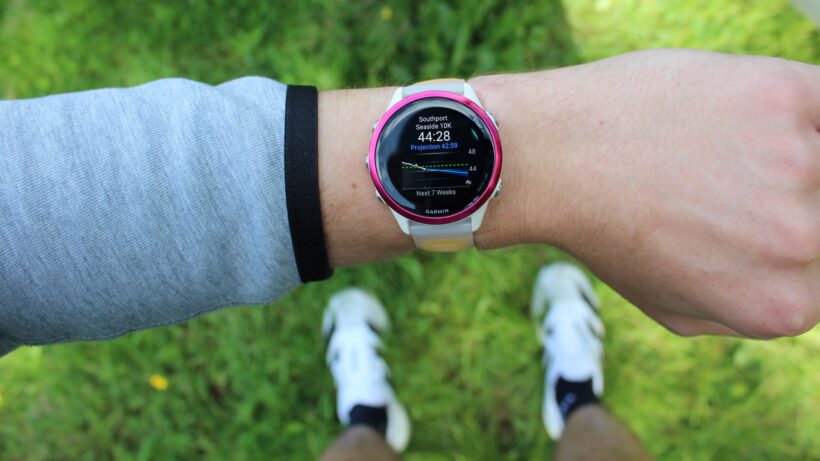
Buying a running watch can be overwhelming. Here’s what you absolutely need to consider to separate the marketing hype from the features that will actually help you run better.
GPS accuracy: Do you need dual-frequency?
This is the single most significant new feature in running watches. For years, all watches used single-band (L1) GPS, which worked perfectly well in open skies but struggled near tall buildings or under dense tree cover.
Dual-frequency, first arriving on watches around 2022, is now trickling down to even budget-friendly watches. However, it’s not a smoking gun; watches with support for dual-frequency GPS can still perform worse than some single-band devices.
Plus, skyscraper villages and dense woodland can still confuse even the best-performing dual-frequency devices on occasion—but it’s also the best technology we currently have in watches.
What is dual-frequency?
Found in watches like the Apple Watch Ultra 3, Google Pixel Watch 4, Garmin Forerunner 970, and Coros Pace 3, this essentially adds a more powerful signal (L5) to the existing L1. This allows it to filter out bounced signals, resulting in much cleaner, more accurate tracks and more responsive ‘current pace’ readings.
Who needs it and doesn’t?
If you run in a major city (like New York City, Chicago, or London) or on single-track trails in the mountains, dual-frequency will go some way to combating the inaccurate routing.
If you primarily run in suburbs or open countryside, a good single-band GPS (like on the Apple Watch Series 11) is still perfectly accurate.
Heart rate accuracy: Wrist vs. strap vs. headphones
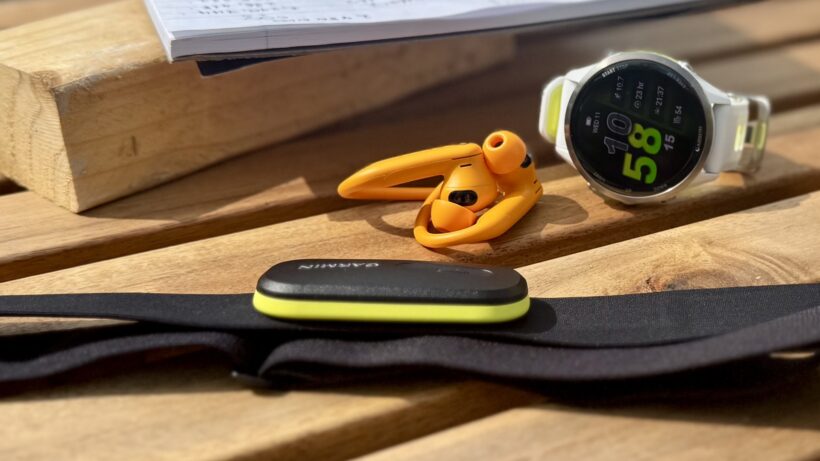
Wrist-based optical heart rate sensors have improved dramatically over the last decade. Apple, Google, and Garmin’s latest Elevate Gen 5 sensors are now excellent for steady-state runs. However, all wrist sensors can still fail during:
- Intervals: They can lag in detecting rapid spikes and drops in heart rate
- Cold weather: Reduced blood flow to the skin makes it hard to get a reading, while moisture on the skin interrupts the signal
- Gym/strength training: Clenching your fists and flexing muscles can throw off the sensor
- Dark skin and tattoos: This can affect accuracy by blocking or scattering the light produced by the optical sensor, thus affecting its ability to analyze blood flow
If you base your training on precise heart rate zones, a chest strap (like a Garmin HRM 600 or Polar H10) or the Apple AirPods Pro 3 is the gold standard for accuracy.
All watches on this list can connect to a chest strap via Bluetooth/ANT+. However, only Apple Watch devices can combine with the latest AirPods to effectively fill in the gaps and ensure the most accurate readings over rolling five-minute increments.
Battery life: Smartwatch mode vs. GPS tracking
Don’t confuse a 10-day ‘smartwatch mode’ battery life with GPS-tracking battery life. The latter is the crucial number for runners.
- Smartwatches (Apple/Google/Samsung): Offer 7-12 hours of GPS tracking, which is more than enough for a 5k, 10k, or even a 5-hour marathon
- Dedicated running watches (Garmin/Coros/Suunto): Offer 25-100+ hours of GPS tracking, which is essential if you’re an ultramarathoner or a hiker who needs tracking for 10+ hours a day
Smartwatch features: Music, payments, LTE, and satellite

Do you want to run without your phone? This is where smartwatches can excel, broadening your device’s usefulness for times when you’re not working out.
Music
By supporting Apple Music and Spotify, the Apple Watch is the best option for covering the bases of music streaming while running.
Wear OS watches from Google, Samsung, and OnePlus (Spotify and other non-Apple Music platforms), and select Garmin (Spotify) models are also good options. The rest of the field continues to lag in this area.
Check out our best watches with music guide for a more detailed look at this area.
Payments
Garmin Pay, Apple Pay, and Google Wallet all exist to let you buy a post-run coffee or water. However, the usefulness of these systems can vary significantly by region. For example, in the UK, bank support for Garmin Pay is minimal, meaning Apple and Google’s platforms are far superior.
LTE and satellite features
An LTE or satellite-ready Apple Watch or Wear OS watch doesn’t just let you stream music and podcasts on your run—they can also enable powerful safety tools.
Google, Apple, and Garmin are the three brands with the best features in these areas. However, offers slightly different interpretations of satellite features.
For example, all will allow you to make calls to emergency services even if you don’t have an active cellular plan, but sending SMS messages, updating your current location, or making calls very much depend on your subscription plan.
Training plans & recovery insights

This is what separates a simple tracker from a coach. Most older or cheaper running watches will track your distance, pace, and heart rate. For some, that’s enough information.
However, there’s been a considerable trend towards more personalized, in-depth, training-focused analytics over the last half-decade.
Watches from Garmin, Coros, and Polar can all analyze your overall training load and cross this with stress and sleep data to give you powerful insights into fitness trends (are you productive or overreaching?), and a daily readiness assessment (should you train hard or rest today?).
This data—combined with goals and upcoming races you’ve locked in—can also be used to develop increasingly sophisticated training plans or daily workout suggestions.
These tools are invaluable for preventing injury and peaking for a race. And while they are far better on dedicated running watches, even Apple and Google’s smartwatches offer pared-down versions of these insights (and, of course, still let you download third-party apps to bolster the native tracking and tools).

